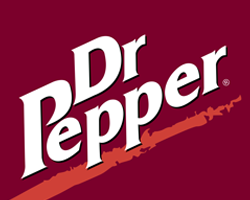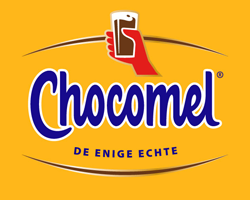Gin, a spirit with a rich history dating back centuries, has evolved into various styles and flavors over the years. Among its diverse variations, two prominent types stand out: Regular Gin and Dry Gin. While both share a common foundation of juniper berries and botanicals, the nuances in their production processes result in distinct flavor profiles. In this article, we will explore the history, why people love gin and the key differences that set Regular Gin and Dry Gin apart.
The Allure of Gin
Botanical Symphony
Gin’s distinctive flavor arises from a careful blend of botanicals, with juniper berries taking center stage. The harmonious infusion of herbs, spices, and citrus elements creates a complex and aromatic profile that appeals to a wide range of palates.
Versatility in Mixology
Gin’s versatility in mixology is a major draw. Its crisp and refreshing nature makes it an ideal base for classic cocktails like the Gin and Tonic, Martini, and Negroni. Mixologists and home bartenders alike appreciate the canvas gin provides for crafting innovative and unique drinks.
Evolving Craft Gin Movement
The craft gin movement has revolutionized the spirit, introducing small-batch, artisanal gins with diverse botanical combinations. Gin enthusiasts are drawn to the creativity and attention to detail exhibited by craft distillers, who often experiment with unconventional ingredients, resulting in a plethora of unique gin expressions.
Cultural Significance
Gin has woven itself into the cultural fabric of various societies. From the “gin palaces” of Victorian England to the speakeasies of the Prohibition era in the United States, gin has been a constant companion in social and historical milestones, making it a spirit with cultural significance and enduring appeal.
A Historical Tapestry
Origins in Genever
The roots of gin can be traced back to the 17th century when Dutch distillers created genever, a precursor to modern gin. This juniper-flavored spirit gained popularity for its supposed medicinal qualities.
Gin Craze in London
The 18th-century “Gin Craze” in London saw the proliferation of gin shops and a surge in consumption. This period, though marked by social issues, played a pivotal role in establishing gin as a quintessentially British spirit.
Gin’s Global Spread
As British sailors and traders traversed the globe, gin made its way to various corners of the world. Its popularity soared, and different regions adopted and adapted the spirit, incorporating local botanicals and techniques.
Contemporary Renaissance
In recent decades, gin has experienced a renaissance, with a surge in interest in craft and artisanal production. The revival of classic cocktails and the emergence of new, inventive concoctions have cemented gin’s status as a timeless and continually evolving spirit.
Differences you need to know in making of Regular Gin & Dry Gin
Base Distillation
Regular Gin
It is typically produced through a continuous column distillation process. This method allows for a more straightforward extraction of flavors from the botanicals, creating a well-rounded and versatile spirit.
Dry Gin
Dry gin, on the other hand, often undergoes a batch distillation process. This method involves distilling the alcohol with botanicals in small batches, allowing for a more meticulous control over the infusion of flavors. This meticulous approach contributes to the complexity of Dry Gin.
Botanicals and Flavor Profile
Regular Gin
The botanical blend in this kind of gin usually includes a variety of herbs, spices, and citrus elements. However, this gin tends to have a more balanced flavor profile, with a focus on the juniper berries.
Dry Gin
Dry gin places a heavier emphasis on the juniper berries and often features a more prominent and aromatic blend of botanicals. This results in a crisper and drier taste compared to regular gin.
Sugar Content
Regular Gin
Some regular gins may contain a small amount of added sugar to provide a smoother and slightly sweeter finish. This subtle sweetness can enhance the overall drinkability.
Dry Gin
Dry gin is characterized by its absence of added sugar, contributing to its dry and sharp taste. This lack of sweetness allows the botanicals to shine through more distinctly.
Categorization and Regulations
Regular Gin
The term is often used broadly to encompass a range of gins that don’t fall into specialized categories like Old Tom or Sloe Gin. It adheres to basic gin production regulations but allows for more flexibility in botanical composition.
Dry Gin
Dry gin is a specific category defined by regulations that demand a higher concentration of juniper berries and a drier taste. Gins labeled as “dry” must adhere to stricter guidelines, ensuring a more standardized flavor profile.
Where to buy these popular Gin brands in the United Kingdom?
For those in the United Kingdom seeking to purchase renowned spirits such as Whiskey, Gin, Rum ,Vodka, and more, UK Corner Shop presents an extensive selection of wines, beers, and spirits. Operating in the UK, we provide customers, the opportunity to acquire these alcoholic beverages at highly competitive prices through our user-friendly website. UK Corner Shop consistently stands out as the premier choice for all your alcoholic beverage requirements in the UK.


































